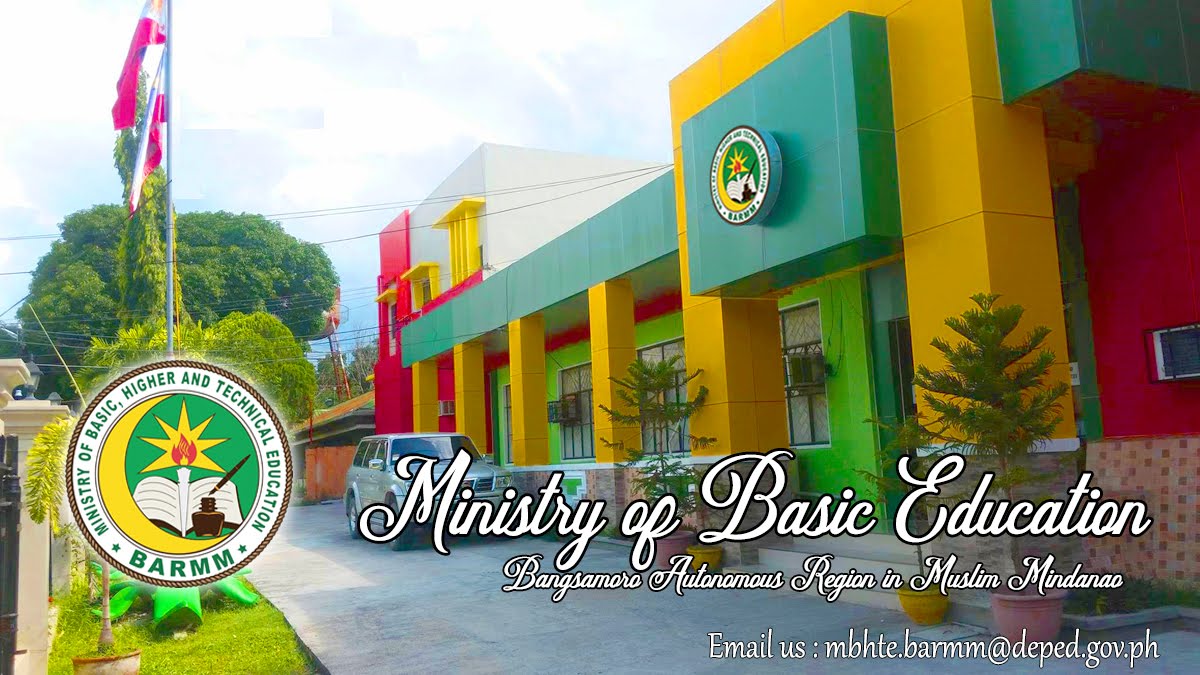(From "The new curriculum" by Isagani Cruz, Mini Critique, Philstar.com)
2012 will truly be a new year for Philippine education.
In June 2012, students entering the first grade of elementary school and those entering the first year of high school will follow the new K to 12 curriculum.
Students already in elementary school today will have 12, rather than 10 years of basic education.
Students already in high school today will still have only four years of high school, but will have the option of taking two years of voluntary Senior High School in selected public and private schools.
Let us go through these developments one at a time.
What is in store for six-year-old children entering Grade 1 in June?
First of all, they will all have some form of pre-school education. Those in public schools will already have had a full year of Kindergarten. Those in private schools will most likely have had even more than one year of pre-school.
According to DepEd, only those who have had pre-school or Kindergarten will be allowed to enrol in Grade 1.
A question that always arises during discussions about K to 12 is this: what happens to the six-year-olds that have not had Kindergarten?
DepEd has proposed a solution. There will be an intensive Kindergarten in April and May. For children still without some kind of pre-schooling, there will be an even shorter quasi-Kindergarten during June itself.
Of course, there are serious problems with such an arrangement, but a little pre-schooling is better than none. The idea, however, is sound: children entering Grade 1 should already have experience in being in a classroom, socializing with other children.
What will Grade 1 be like in June?
The biggest change is in the duration of classes. Starting in June, Grade 1 students will stay in school for only half a day.
A typical Grade 1 class will have the following schedule:
- Homeroom = 10 minutes
- Reading and Writing in the Mother Tongue = 40 minutes
- Oral Fluency in Filipino = 40 minutes
- Edukasyon sa Pagpapakatao (EsP) = 30 minutes
- Recess = 20 minutes
- Mathematics or Arithmetic = 30 minutes
- Araling Panlipunan (AP) = 30 minutes
- Music, Arts, Physical Education, Health (MAPEH) = 30 minutes
That is the schedule for the first semester (or the first two grading periods) for Grade 1. During the second semester (or the last two grading periods), Oral Fluency in English will be added for 40 minutes.
In the first semester, the student will stay in school for only 210 minutes or 3 1/2 hours. In the second semester, that will be extended to 250 minutes or a little over four hours.
The second biggest change is the use of the mother tongue both as medium of instruction and as a separate subject.
As an example, take a typical Grade 1 class in Cebu. In June, the students will devote one period to Cebuano. They will learn how to read using Cebuano texts in the time allotted for “Reading and Writing in the Mother Tongue.” Students will also use Cebuano to study the other subjects, including Arithmetic.
The third biggest change is in the way Mathematics, AP, and Filipino will be taught. DepEd has decided to use the Spiral Approach. Simply put, that means that everything will be taught all at once, but in small doses.
The approach is best illustrated in Mathematics. In the current approach, addition, subtraction, multiplication, and division are taught separately and in sequence.
Using the Spiral Approach, a typical lesson could go this way:
Take a group of five children. How many pencils do we need to have if each child would have one each? That is addition.
If another group of five children joins us, how many more pencils do we need? That is multiplication.
If one of the children goes home, how many pencils will we now need? That is subtraction.
If we had ten pencils and these two groups came to us at the same time, into how many groups of five pencils each do we need to arrange the pencils? That is division.
Instead of students learning the mathematical functions one lesson at a time, they will learn them all at once, within the same lesson. (This example is deliberately simplistic, but you get the idea.)
The fourth biggest change is the introduction of MAPEH. In the current curriculum, MAPEH starts in Grade 4. In the new curriculum, students are introduced to Philippine music, Philippine arts, physical education, and health issues immediately in Grade 1.
The biggest changes in Grade 7 (New High School Year 1) are the Spiral Approach and a new period called “Individual / Cooperative Learning.”
These big changes exemplify the major features of the new K to 12 curriculum.
The K to 12 curriculum is research-based. In order to draft it, curriculum designers had to look at what other countries are doing (thanks to foreign funding agencies that allowed Filipino experts to travel to other countries and foreign experts to come to the Philippines), what current pedagogical theories say (thanks to several local and foreign universities), and the situation on the ground (thanks to comprehensive reports from DepEd field offices). The designers have adapted the best practices of other countries to our own culture and experience. (To be continued)
______________________________________________________
______________________________________________________
Link: http://www.philstar.com/Article.aspx?articleId=764880&publicationSubCategoryId=442
To access FAQs (As of 16 April 2012), please click here ...
To access FAQs (As of 16 April 2012), please click here ...
